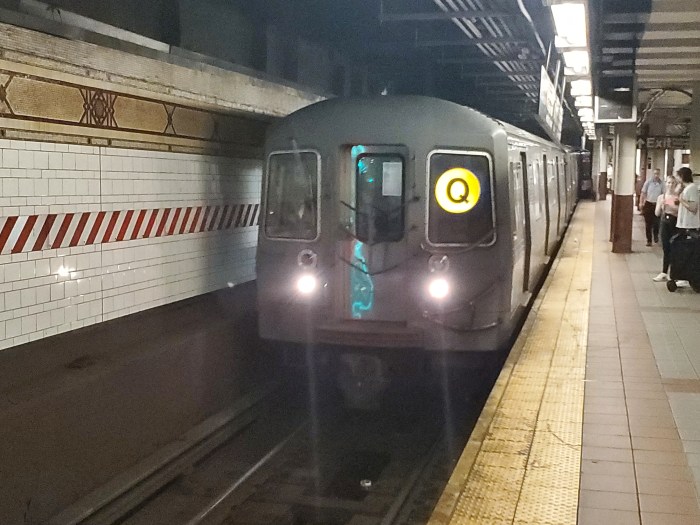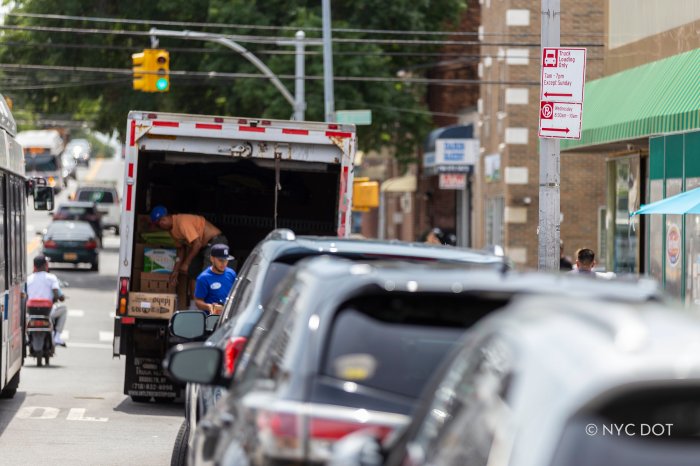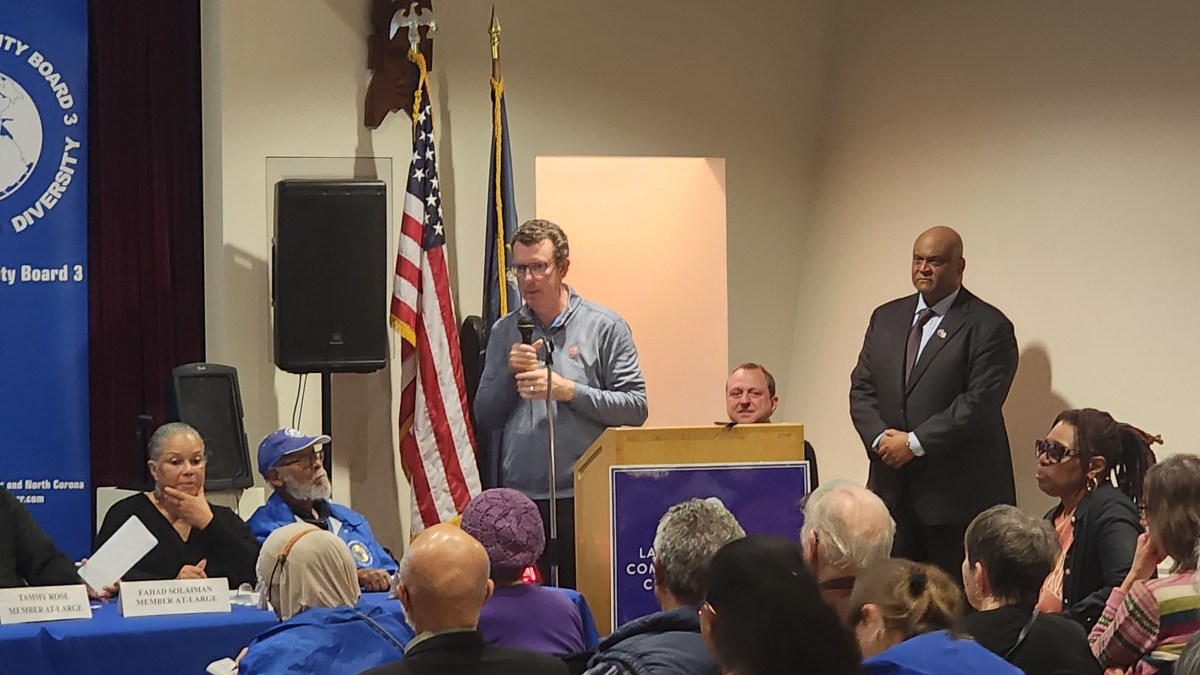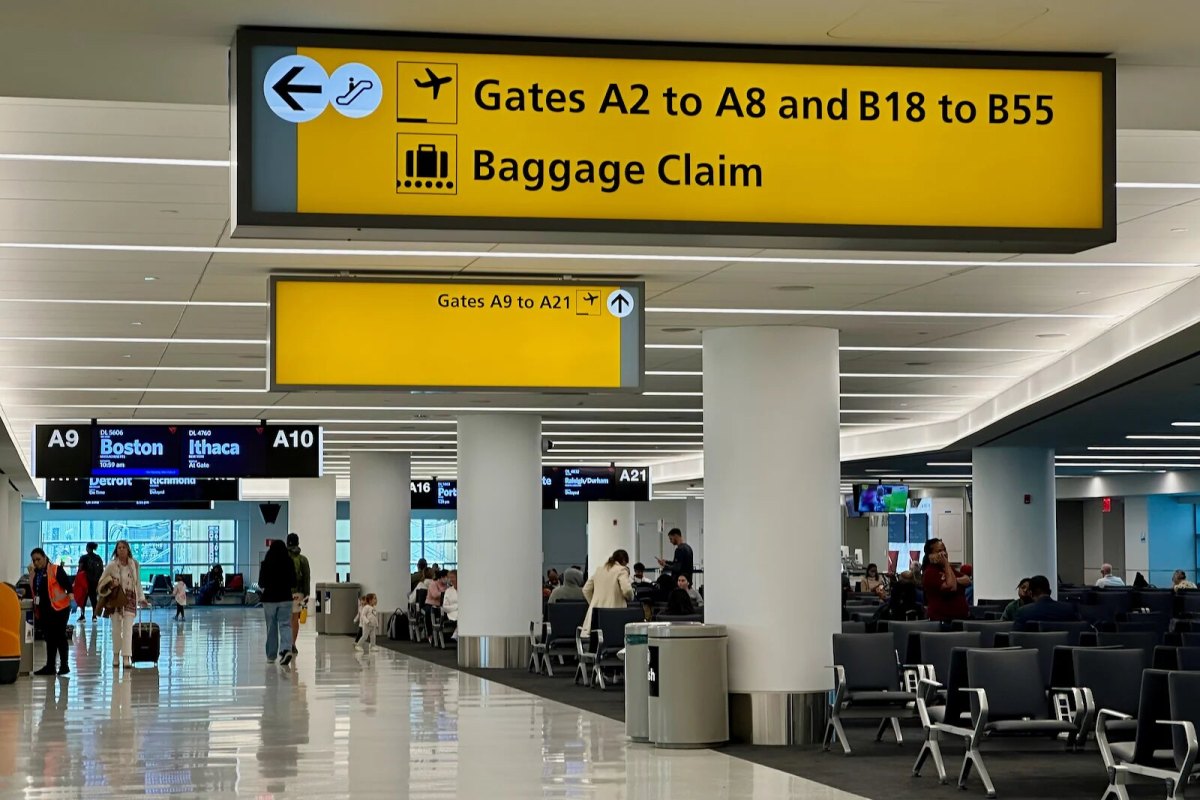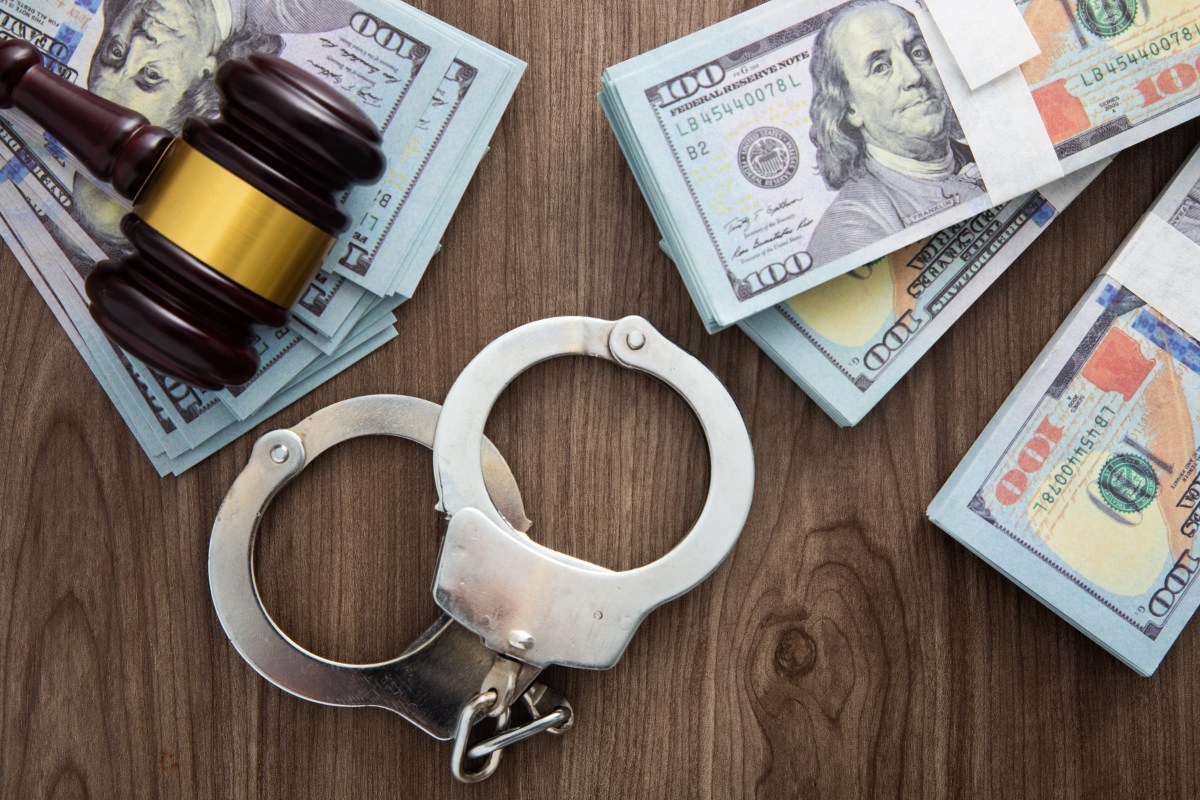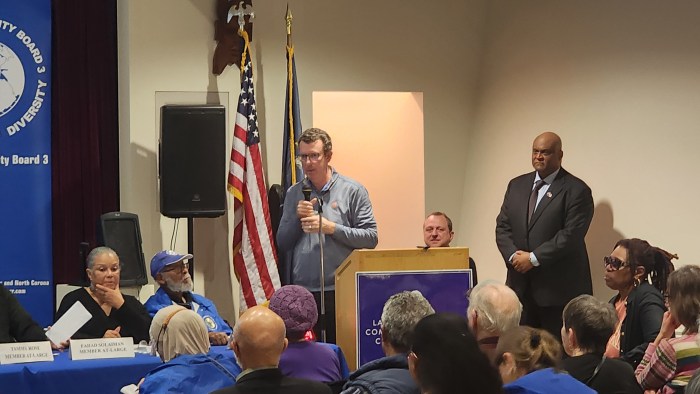
If the recent fare hike was a pain in the wallet, officials warned Monday that riders could get sacked with a 15% increase if the MTA is forced to cover its own repair needs.
The MTA’s chief finance officer, Bob Foran, said Monday that pulling in 15% more in fares and tolls from riders and drivers would be needed to fill a multibillion funding gap in its transit system repair plan if government officials don’t come up with the money.
Without sufficient funding for at least the next two years, “self-help really is only one thing and that has to do with fares and tolls,” Foran told MTA finance committee members about a theoretical fare hike.
Jeff Kay, an MTA board member, was pessimistic that Albany would come through with a funding plan in the two months lawmakers have until the end of the session for the year.
“We have a freight train coming at us,” Kay said. “We’re going to have no choice but to either make massive, massive cuts to a transportation system … or we’re going to have to increase fares by that 15% to pay for it.”
The officials didn’t say when such a hike would have to take place. However, the next scheduled hike at 2% is scheduled to hit riders in 2017.
Kay said it was also concerning that there was no commitment to answer the funding question for the whole $32 billion plan in the next two months.
The MTA’s five-year capital program is a plan to get the system in top shape, add new train cars, buses. and modern signal system for more service; plus fund megaprojects like the second leg of the Second Avenue subway and finish up Long Island Rail Road’s extension into Grand Central Terminal.
There has been a $15 billion gap in funding that has yet to be addressed in Albany, which runs the MTA.
Gov. Andrew Cuomo and state lawmakers finished up its budget without addressing the gap in funding, providing $1 billion — $750 million for repair work and $250 million for new Metro-North stations in the Bronx. The work is critical in a transit system buckling under age and an explosion in ridership not seen since the 1940s. Service has been deteriorating, with delays piling up and riders waiting longer for the next train.
So far, nothing else has been committed and lawmakers have until July to come up with a funding. The MTA is anticipating a 25% bump in funding from the city, to $625 million over five years; Mayor Bill de Blasio has yet to commit to new money until he releases a budget in May. Without a funding plan in place by December the latest, money from the last capital plan would start to run out on uncompleted projects, according to MTA spokesman Adam Lisberg.
“Clearly, the capital program discussion with the legislature is best conducted while the legislature is in session,” Lisberg said.
During the MTA’s last attempt to fund a capital plan in 2010, the agency had to pare it down and take on debt to cover expenses. The MTA’s debt load has reached $34 billion, requiring an annual debt payment of $2.4 billion.
There are a few plans on the table that have attracted bits of support. Among the most discussed is “Gridlock” Sam Schwartz’s congestion pricing and East River bridges toll plan that cuts fees on other outerborough bridges. A group of seven Albany and five city lawmakers last week in a letter called on legislative leaders to support Schwartz’s Move NY plan.
Board member Allen Cappelli said the day has come for city and state leaders to “do something fundamentally different” in transit than in the past, and quickly too. He suggested to his colleagues to look at the Move NY transit plan, a “viable suggestion that’s out there.”
“People need to get behind some ideas,” he said.




